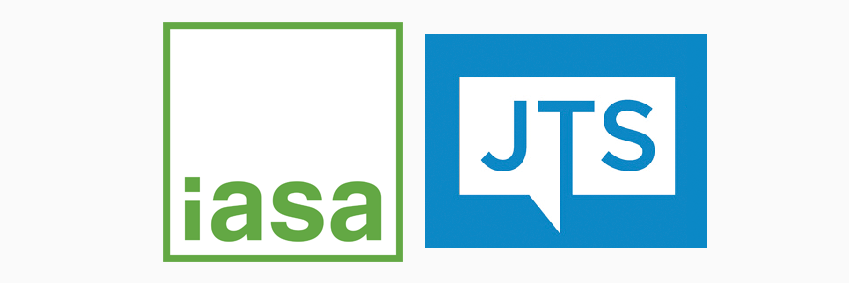From September 30th to October 5th 2019, the Netherlands Institute for Sound and Vision in Hilversum will be hosting not one, but two of the most important conferences in the realm of audiovisual archiving: IASA's 50th annual conference followed by the JTS conference, which takes place only once every three years. Traditionally, both events are held in a different town or even country each time they are hosted. This year, though, the experience and knowledge of hundreds of distinguished experts in the field will be concentrated in a single, outstanding week of joint activities in and around the Institute for Sound and Vision - enabling unprecedented opportunities for exchange of ideas and collaboration.
NOA, a proud supporter of both conferences and institutions for many years, is happy to be part of this extraordinary event. Apart from our presence as sponsor and exhibitor, our colleagues Manuel Corn and Silvester Stöger will hold presentations at each of the individual events.
On the first day of the IASA conference, on Monday, September 30th at 2:00 pm, Manuel will talk about "Systematic in-house digitization of legacy media archives" and present principles of industrial digitization facilities on the basis of case studies of real-world projects. He aims to shed a spotlight on a selection of successful inhouse digitization facilities all around the globe; and specifically, on how the application of principles of industrial manufacturing processes enabled them to increase efficiency of their projects concerning cost as well as production output.
During theJTS conference, Silvester will be talking about the "Coexistence of (Asynchronous) Preservation Processes in Archive Asset Management" on Saturday, October 3rd at 3:00 pm. There, he will talk about the multiplicity of tasks that are necessary in preservation projects, pointing out that not all of them are synchronous processes, and how their coexistence can lead to efficient orchestration and labour separation. With a main focus on structured cataloguing processes, it will be described how to bridge the annotation gap between digitization and access.
